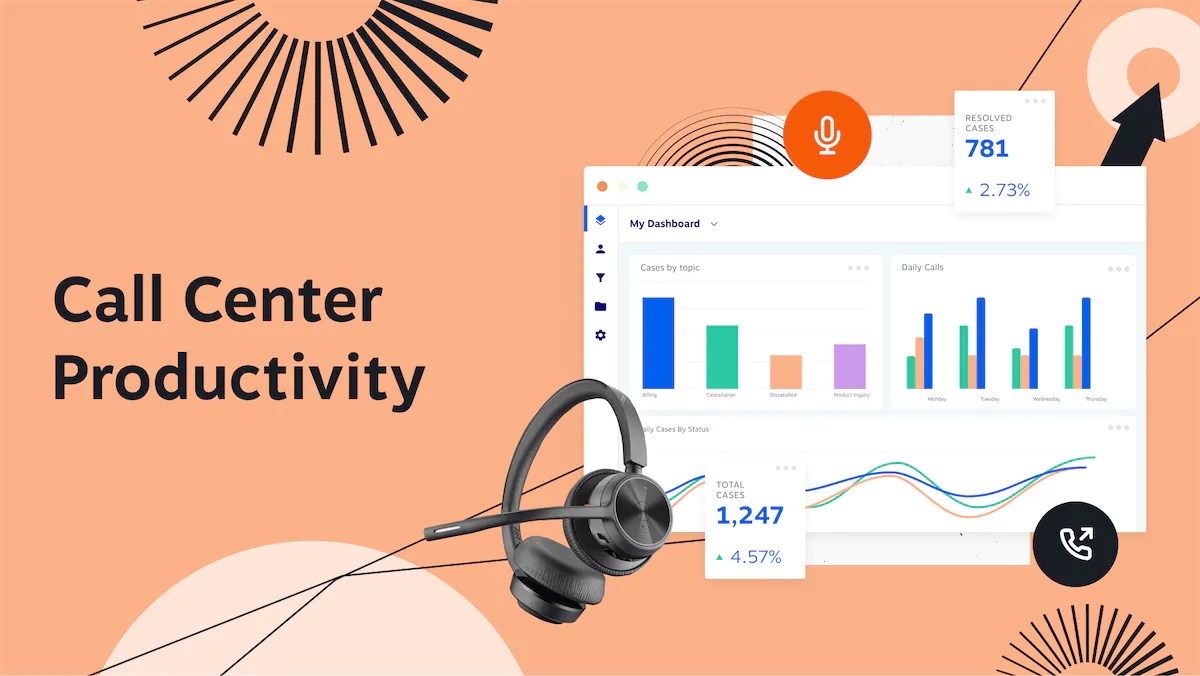When you work in a call center, it’s easy to get bogged down. Calls come in left, right, and center. Your break flies by and it’s back to firefighting.
The end result of this constant bombardment is declining productivity, agent burnout, and eventually employee turnover.
Fortunately, there’s another way to make your work more meaningful and drive better call center productivity. It takes a little change in process, mindset, and vision.
In this article, we’ll show you how using key call center best practices and making some small tweaks to your processes can take your call center productivity to new levels. But first…
How To Calculate Call Center Productivity
Calculating call center productivity involves understanding how efficiently your contact center agents handle calls and resolve customer issues.
There are two main approaches:
1. Overall call resolution rate
This method gives a quick, high-level view of your center’s performance.
Here’s the formula:
👉 Call Center Productivity = (Total number of resolved calls / Total number of handled calls) * 100
For example, if your agents handled 100 calls and resolved 80 of them, your productivity would be 80%.
2. Ratio of output to input
This method considers both the time agents spend on calls and their overall work time.
Here’s the formula:
👉 Call Center Productivity = (Total output time / Total input time) * 100
- Total output time: Time spent on calls, after-call work, and other productive activities.
- Total input time: Total scheduled shift time for all agents.
When tallying the total number of calls handled, be sure to break those down into talk time, hold times, and after-call work times to derive a clear agent productivity number.
6 Reasons for Low Call Center Productivity
If you find your call center productivity low, these could be the common culprits.
From CRM limitations to inadequate staffing and high team member turnover, many issues can sabotage call center productivity.
1) Your processes are outdated
Processes created years ago don’t align with current technology, products, and customer expectations.
Failure to modernize leads to slower responses and frustration. Updating communication channels, integrations, and inbound call routing is crucial for meeting demand.

2) Your call routing & distribution is ineffective
Ineffective call routing, such as sending calls to the wrong or least qualified agent, creates extra work.
Agents must take time to determine they can’t help, explain the situation to the customer, and try to find the right agent — instead of using that time to help callers they can assist.
This directly impacts first-call resolution rates and eats into agent productivity. Manual call routing wastes time better handled automatically by your phone system through skills-based call routing.

3) Your team feels limited by technology
Outdated software that can’t handle call volumes leaves agents fighting to keep up all day. Callers get misrouted, wait times grow without visibility, and agents waste time getting customers to repeat information without full context.
Call center managers also lack tools to properly monitor and improve agent performance, relying on manual, reactive processes instead of proactive quality management systems.
4) Lack of training & development opportunities
Inadequate initial and ongoing training limits employee progression. Without a structure for professional development, entry-level agents stay stuck without career pathways. This significantly impacts morale and retention.
5) Low employee morale
Lack of communication around individual performance, company goals, and how each employee contributes leads to feeling like just another replaceable cog in the machine. Combined with limited growth opportunities, morale sinks.
6) Excessive employee burnout
Since the pandemic, time spent in meetings has more than doubled, chats per week are up 45%, and after-hours chats have increased 42%.
Mandatory overtime and lack of adequate rest breaks lead to complete burnout. Fatigued, unhappy agents struggle to find work-life balance and often quit as a result.
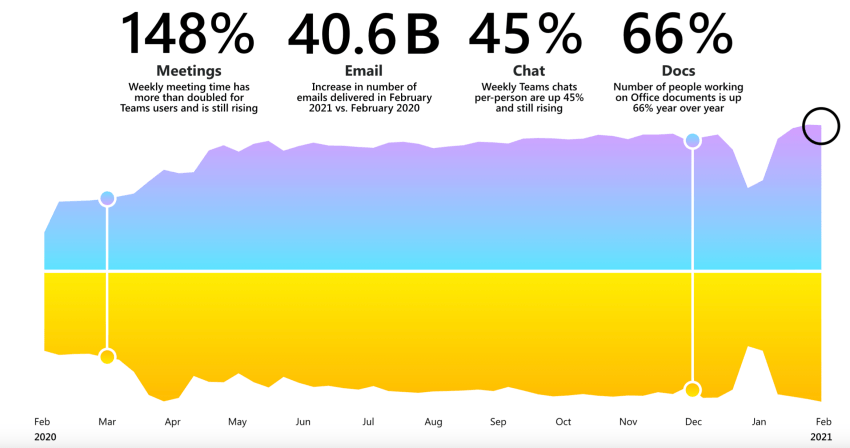
Identifying and addressing these common issues can significantly improve productivity, performance, and morale in your call center.
Ways To Measure Low Call Center Productivity
Analyze your productivity KPIs
Sometimes, you don’t even need to speak to your agents to get a view that they are suffering from poor productivity and low morale. It’s one thing tracking agent utilization rate, but there could be other things going on under the hood.
Key performance indicators like service level, abandonment rate, and benchmarked metrics around call rate are critical for monitoring call center productivity over time.
Take a look at these call center metrics to spot trends that scream there’s a problem:
- High Average Handle Time (AHT): A spike in the time taken to wrap up the call means agents are struggling to resolve customer queries.
- Low First Call Resolution Rate (FCR): When FCR is low, it could be poor call routing sending callers to the wrong place, or unmotivated agents rushing to end calls.
- Low Customer Satisfaction Scores (CSAT): A decrease in CSAT is often reflective of their experience with your teams rather than your products.
- Poor Response Time: If a significant percentage of calls aren’t answered within your targeted time, this could indicate understaffing or poor call distribution.
- Low Occupancy Rate: Look at the percentage of time agents are on customer calls versus idle to gauge efficiency.
- Average Speed of Answer (ASA): Is there a drop in the amount of time taken to answer incoming calls?
- Abandoned calls: As well as the average times of calls that make it through, is there a spike in customer issues who never speak to an agent?
- Net Promoter Score: If previously satisfied customers are scoring their most recent interactions poorly, work backward to find the cause.
Analyze call quality
If you suspect a drop in call center productivity, and it’s possibly down to employee burnout or lack of motivation, listen back to call recordings.
Select a sample of suspected agents or departments to assess the quality of interactions and identify any recurring issues.
In a perfect world, you’d already be doing this as part of your call center monitoring program as well as live monitoring of calls to evaluate agent performance in real-time.

Score agents against the following criteria:
- Completes identity and verification
- Follows script
- Is polite and courteous
- Practices active listening
- Provides a viable solution
- Ask if they can help further
Also, take notice of how they’re speaking to your customers. It’s one thing to stick to the script, but do you get the sense they’d rather be somewhere else?
For example, if social media comments or the number of customers suddenly drops, that dissatisfaction may originate from poor interactions with support teams.
If there’s an underlying and repetitive problem, speak to the particular agent to see how you can help. Make it part of your call center strategy to look after your agents as well as your customers.
Assess agent performance
Before you speak to an agent about their call center performance or productivity, make sure you’re prepared with data and information.
Your goal here isn’t to showcase how poor they’ve been, but rather to make sure you’re 100% it’s a specific agent rather than a team or a product causing your poor call center productivity.
Start by pulling reports on individual agents to identify patterns of low performance. If their average handle time drops on Mondays, they may be suffering from the Monday Blues.
If that’s the case, work with them to make coming to work less daunting.
Try these out for size:
- Create a fun Sunday activity
- Make sure Sunday evening is for relaxation
- Test out gamification techniques to motivate all agents
- Adjust shifts so agents work when they’re most productive
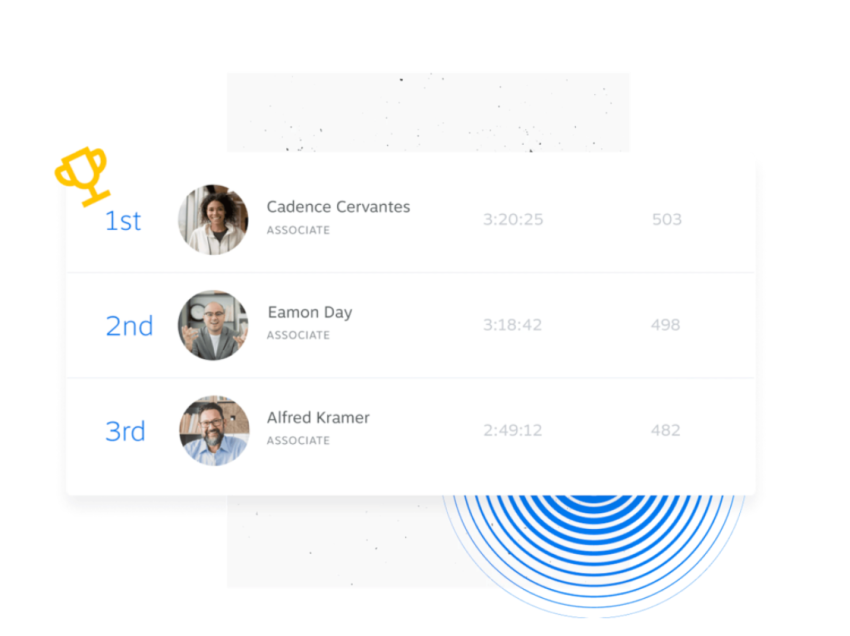
It could be the case that agents regularly call in sick or arrive late when they feel unmotivated. In these cases, tracking attendance and punctuality may show a clear correlation with poor call center productivity.
If the issue gets serious, monitor patterns in turnover rates among agents.
You don’t want to let it get to the point where you’re noticing a dip in agent performance, a drop in attendance and punctuality, then a spike in employee turnover.
How To Improve Call Center Productivity
Optimize current processes
Improving call center productivity starts with optimizing your processes.
Conduct an in-depth review of all key processes, gathering data on performance metrics like handle times and resolution rates. Look for bottlenecks causing delays. Prioritize the processes that drive the biggest operational impact and create an improvement roadmap.
Introduce Lean Six Sigma principles to eliminate wasted steps and reduce variability.
Sort essential from nonessential tasks, straighten flows for efficiency, standardize best practices, and sustain gains through an improvement culture.
Document optimized playbooks to enable consistent execution. Well-designed and managed processes remove friction, enable scalability, and boost productivity.
Use the right technology
Reevaluate if your current call center systems have limitations constraining productivity.
With faster resolution times, improved forecasting, reduced repeats through automation, and remote flexibility, the right technology removes bottlenecks and powers productivity.
Cloud-based call center software allows secure remote access so agents can log in from anywhere. This supports business continuity during peak times without productivity losses. Flexible working boosts retention.
When assessing new solutions, ensure they align with your process needs. Look for the key call center features. We’re talking about call center features such as:
- Automatic call distribution (ACD) and interactive voice response (IVR) to route callers to the right agents, reduce transfers and speed up handling time.
- Call monitoring tools for quality assurance that get real-time feedback to improve customer interactions.
- User-friendly interfaces to keep agents in control instead of fighting the software, reducing context switching.
- Knowledge bases provide agents with easy access to relevant information and resources to reduce the time they spend on research and improve first-contact resolution.

Cloud systems keep hardware costs down. Make sure to prioritize must-have capabilities vs nice-to-haves. Partner with providers focused on call centers vs. generic platforms.
Purpose-built technology tailored to your improved workflows gives agents the best tools to drive results.
Tailor solutions to your call center
Call centers should develop customized strategies based on the size and type of their operations.
- Small call centers can improve through free online training resources, basic routing rules, and frequent staff feedback.
- Medium centers should leverage scalable cloud-based solutions for routing and monitoring while providing flexible scheduling and development opportunities.
- Large enterprises can implement advanced automation tools and leverage analytics to target specific teams.
Strategies also differ by call type.
- Inbound call centers can increase first-call resolutions through robust training and knowledge management.
- Outbound call centers should utilize technologies like predictive dialers and gamification to motivate staff.
- Blended call centers handling both requires adaptable staffing equipped to handle diverse interactions, supported by tailored training focused on different roles and effective omnichannel routing solutions.
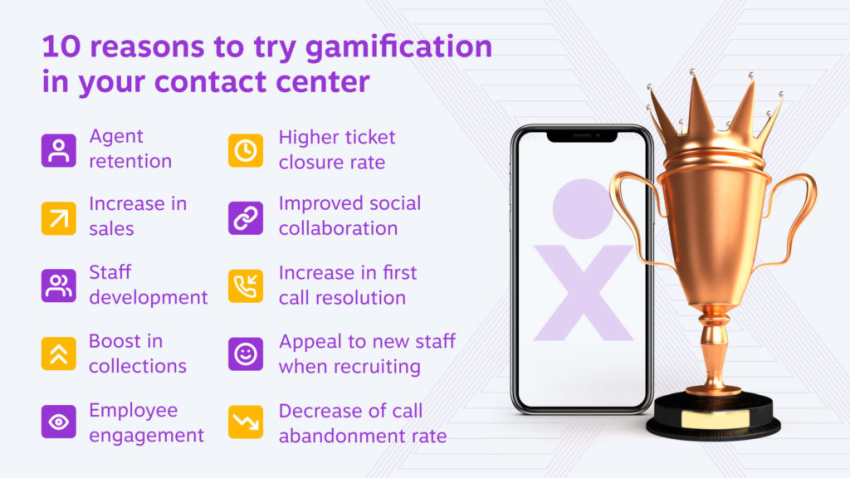
Identifying the unique profile and needs of the operation remains critical to selecting the right solutions for each center.
Measure agent productivity
Track core metrics like handle times, resolution rates, and schedule adherence to maintain visibility into agent productivity.
Define reasonable goals based on research and data vs arbitrary targets that overwork staff. Communicate regularly that productivity tracking enables collective improvement vs punitive action.
Post real-time dashboards transparently showing individual and team performance to motivate around a shared mission. Tie incentives like gift cards and PTO to top productivity scores. And measure customer satisfaction too — quality interactions should remain the priority.

Used positively, productivity metrics identify coaching opportunities while keeping priorities aligned.
Empower your agents
Empowered agents create happier, more engaged teams that deliver better customer experiences.
Part of empowering agents includes thorough onboarding training as well as giving them autonomy over simple service-level decisions for fast resolutions.
Give people extensive training so they feel confident handling different situations. Equip them with the authority to solve issues independently within reasonable guidelines. Have clear processes for consistency but leave room to personalize interactions.
And listen to your team. Solicit input on improving policies and technology, then actually implement the best ideas. That gives agents ownership in shaping their environment.
Do frequent pulse checks on engagement too. What’s working well and what pain points need addressing? Then double down on wins and be transparent about tackling frustrations head-on.
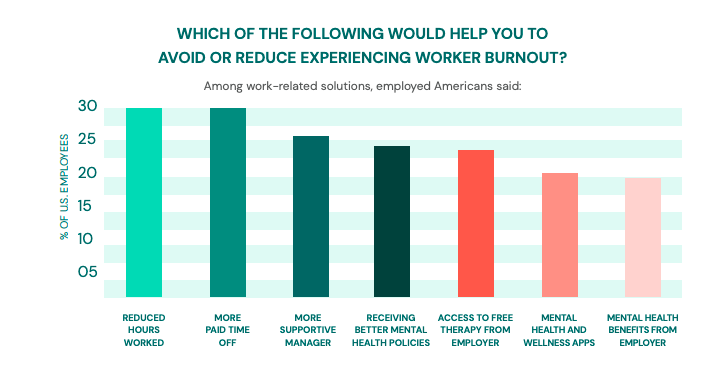
When agents feel trusted and heard, they’ll go the extra mile. An empowered agent is a happy, motivated agent. And that directly translates into better experiences for customers. So do everything you can to help your team thrive.
Create a positive work environment
Positive, supportive environments directly translate into better customer interactions.
Regularly survey agents on motivators like career growth, flexibility, and purpose to tailor rewards and incentives. Also, promote camaraderie through team building activities and reinforce wins.
Help agents manage stress by providing quiet spaces for decompressing and wellness amenities like ergonomic chairs.
Conduct stay interviews with top performers to identify strengths to build on.
When you invest in caring policies that make agents feel empowered, they pass on that positive energy to customers through quality service.
Drive Better Call Center Productivity With Nextiva
When it comes to call center productivity, you can choose the carrot-or-stick approach.
It shouldn’t be a surprise that the option that motivates employees, finds the root cause of issues, and embraces modern technology is the one that works time and again.
The common theme of agent empowerment and happiness is using technology that feels familiar, backs decisions with data, and makes everything more efficient.
Nextiva’s cloud contact center provides a single-pane-of-glass approach to customer interactions, helping agents every step of the way with behind-the-scenes call routing and analytics.

There are no more delays and frustrations because you can’t find something or you get a call you can’t deal with.
Everything just works.
Related: Mastering Workforce Management in Your Call Center
FAQs about Call Center Productivity
Distractions, high call volume, and inefficient processes are major hurdles. Lack of proper training and low employee motivation can also significantly impact agent performance.
Empower agents to handle issues independently through thorough training and knowledge base access. Use self-service options for simple inquiries and have clear escalation procedures for complex cases.
Recognition programs, career development opportunities, and a positive work environment are key. Consider incentives, gamification elements, and opportunities for feedback and growth.
Invest in automated call distribution (ACD) for efficient call routing. Interactive voice response (IVR) can handle simple inquiries and reduce agent workload. Knowledge management systems and call recording software also enhance agent skills and improve troubleshooting.

















 VoIP
VoIP 

